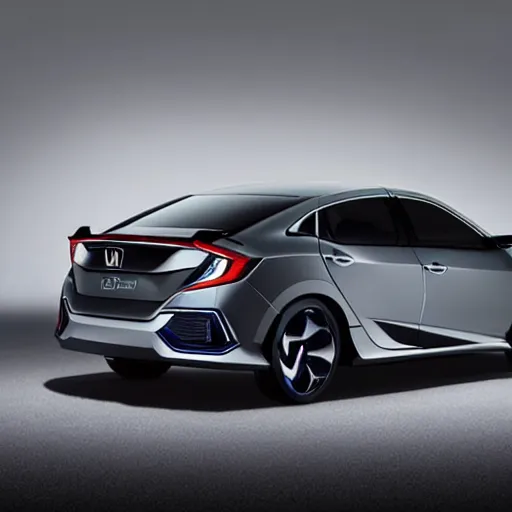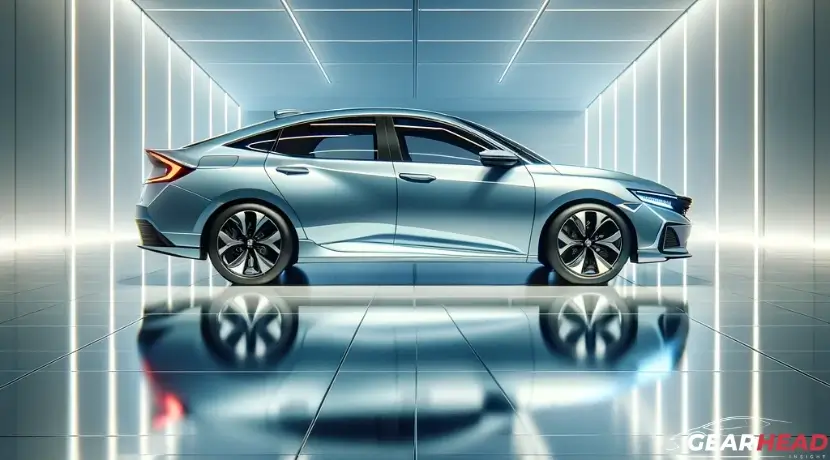The 2025 Honda Civic: A Deep Dive Into The Width And Its Implications
By admin / June 13, 2024 / No Comments / 2025

The 2025 Honda Civic: A Deep Dive into the Width and its Implications
The Honda Civic has long been a cornerstone of the compact car segment, known for its blend of practicality, efficiency, and driving dynamics. As we approach the 2025 model year, anticipation is high for the next iteration of this beloved vehicle. While details remain under wraps, one crucial dimension that often sparks discussion is the width.
This article delves deep into the potential width of the 2025 Honda Civic, exploring its implications on design, interior space, handling, and overall appeal. We’ll dissect the trends, consider the competition, and analyze the factors influencing Honda’s decision-making process.
The Evolving Landscape: Width in the Compact Segment
The compact car segment is in a state of flux. While fuel efficiency and affordability remain paramount, consumers are increasingly demanding more interior space, advanced technology, and a touch of luxury. This shift has led to a noticeable trend: wider cars.
Modern compact cars are no longer the narrow, boxy vehicles of the past. Manufacturers are pushing the boundaries, leveraging wider footprints to create roomier cabins, offer more comfortable seating, and accommodate larger infotainment screens.
The 2025 Civic: A Wider Stance?
Predicting the exact width of the 2025 Honda Civic is a challenge. Honda is notoriously tight-lipped about upcoming models, and official specifications are usually released closer to the launch date. However, by analyzing the current trends and examining the recent history of the Civic, we can speculate on the potential direction.
Factors Influencing Width:
- Competition: The compact car segment is fiercely competitive, with strong contenders from brands like Toyota, Mazda, Hyundai, and Volkswagen. The 2025 Civic will need to match or exceed the space and comfort offered by its rivals.
- Interior Space: Consumers prioritize spacious interiors, particularly in the back seat. A wider footprint allows for greater legroom, shoulder room, and overall comfort.
- Exterior Design: A wider stance can enhance the visual appeal of a vehicle, making it appear more substantial and imposing. This can be particularly important in the compact segment, where some models can feel somewhat diminutive.
- Technology: Larger infotainment screens and advanced driver-assistance systems (ADAS) require more space within the dashboard and center console. A wider car can accommodate these features without compromising on interior space.
- Safety: Wider cars often offer better crash protection, particularly in side-impact collisions.
Potential Scenarios:
- Slight Increase: Honda could opt for a modest increase in width, perhaps a few inches, to enhance interior space and create a more modern aesthetic. This would be a safe approach, minimizing the impact on handling and fuel efficiency.
- Significant Increase: A bolder move would be to increase the width considerably, bringing the Civic closer to the dimensions of mid-size sedans. This would offer a significant advantage in terms of interior space and comfort, but could come at the expense of handling and fuel economy.
- Maintaining the Current Width: Honda might decide to maintain the current width of the 2022 Civic, focusing on optimizing interior space through clever design and engineering solutions. This approach could be appealing for those who value the Civic’s current driving dynamics and efficiency.
Implications of Increased Width:
- Interior Space: A wider Civic would likely offer a noticeable improvement in interior space, particularly in the back seat. Passengers would enjoy greater legroom, shoulder room, and overall comfort.
- Handling: While a wider stance can enhance stability, it can also increase the turning radius and make the car feel less nimble. This could be a concern for those who prioritize sporty handling.
- Fuel Efficiency: Increased width can negatively impact fuel efficiency, as the car requires more power to move its added weight.
- Design: A wider Civic would have a more substantial and imposing appearance, potentially appealing to those who prefer a larger, more luxurious look.
The Importance of Balance:
Honda has a reputation for striking a balance between practicality, efficiency, and driving dynamics. The 2025 Civic will need to maintain this balance while addressing the evolving demands of the compact car segment.
A significant increase in width could provide a significant advantage in interior space and comfort, but could compromise fuel efficiency and handling. A more modest increase might be a better compromise, offering a more practical and efficient car without sacrificing the Civic’s signature driving experience.
Conclusion:
The width of the 2025 Honda Civic is a crucial aspect that will influence its overall design, functionality, and appeal. While it’s impossible to predict the exact dimensions with certainty, it’s clear that Honda will need to carefully consider the trends, competition, and the evolving needs of consumers.
The 2025 Civic has the potential to be a game-changer in the compact car segment, but it will need to find the right balance between interior space, handling, fuel efficiency, and design. Only time will tell what path Honda chooses to take, but one thing is certain: the 2025 Civic will be a vehicle worth watching.







